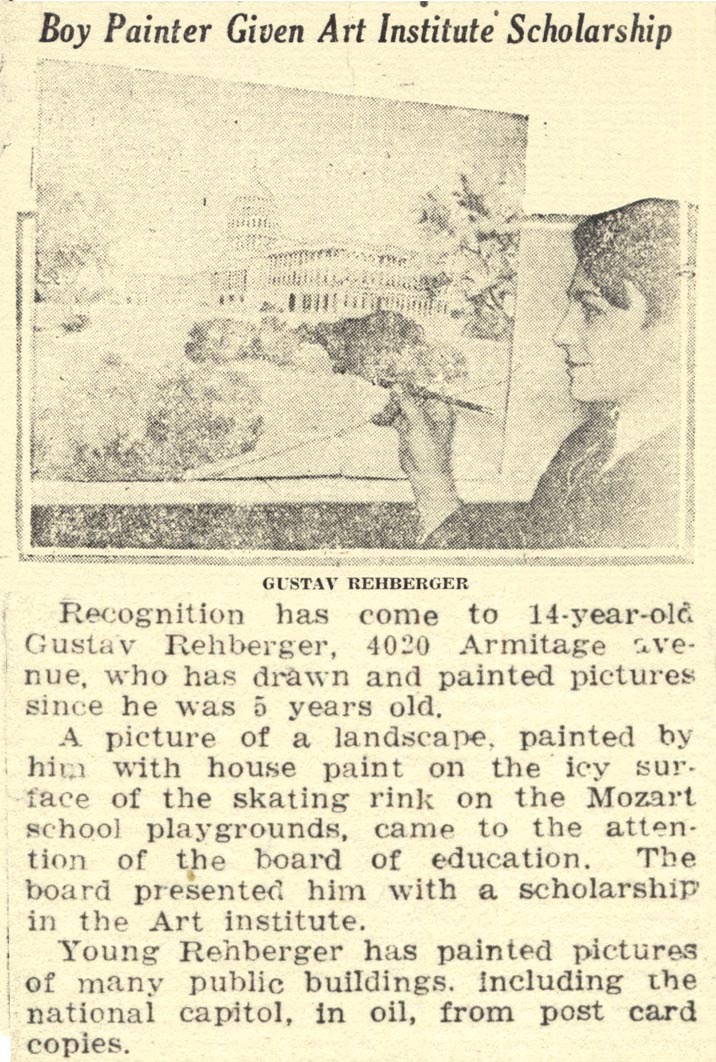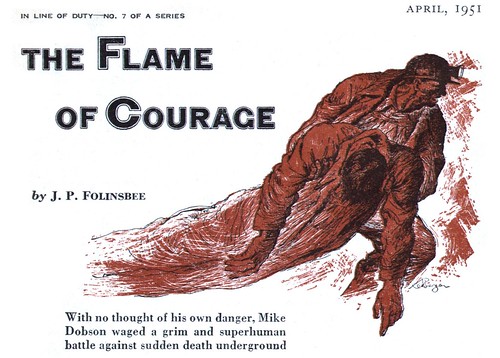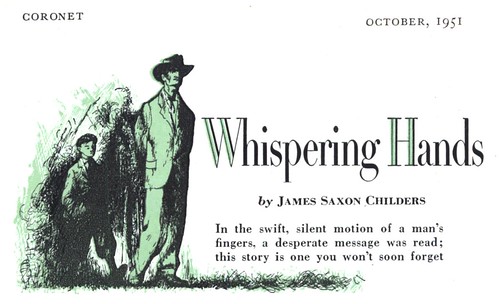
In 1924 an article in the Chicago Tribune told of a 14 year old boy, recently emmigrated from Austria, who had won a scholarship to the Art Institute. It would not be his last. At sixteen, he was awarded a scholarship to Art Instruction Schools.

Time and again since childhood, adults had been both impressed and incredulous at the young Rehberger's abilities. He was, on several occassions, asked to redraw entries for competitions in front of the judges to verify that he had infact drawn the piece - and had not been assisted by an adult.

In spite of his early successes, Rehberger struggled to establish a career for himself. During the depression he was turned down for two college scholarships and instead took any kind of art-related job he could find: lettering, layout, design - even sculpture. He never turned down an assignment, designing a label one day and painting a mural the next. Thus Rehberger was never without work... but because his experience was so broad, it became difficult for art directors to categorize him.

"My career was not easy," said Rehberger in one interview, "It seemed I was always going upstream and agaist the grain."

"My timing was, almost always, at odds with the movement of the era."
After WWII, in which Rehberger served as an artist in the Air Force training division, he moved to New York. "Again I lost out on many important assignments," said the artist. "Agencies felt my work was too powerful and that I put too much of my personality into it."

"Ironically, however, I would again be chosen for big assignments because of that power and my emotional involvement in my work. For the next twenty-five years I enjoyed a lucrative and successful renaissance... mostly for magazines, motion picture promotions and religious paintings."
* You'll find all of today's images in my Gustav Rehberger Flickr set.
Beautiful illustrations!!
ReplyDeleteI‘ve been very busy lately, aniway I try to visit your amazing blog everyday :)
Regards
Although Gustav Rehberger was ahead of his time, it is stunning to me that Agencies would think his illustrations were too powerful and he put too much personality into his work. It was the job of the art director to convince the client that a powerful and personal illustration is far more effective and attention getting, for many advertising assignments! But, after calming down for a moment, I have to keep in mind that it was the 1950's.
ReplyDeleteI can understand that his dramatic images would be ideal for religious subjects, mystery and adventure stories. Leif has mentioned the blend of fine arts and illustration in other posts. Consciously or not, in my opinion, Rehberger applied a blend of both worlds without jeopardizing the message. I think he accomplished it through effective exaggeration, strong gesture of the figure, bold compositions and dramatic perspective. These are also the principals and ingredients that Howard Pyle taught his students in the early 1900's.
Tom Watson
These are great! I studied with him at the Art Students League.
ReplyDelete